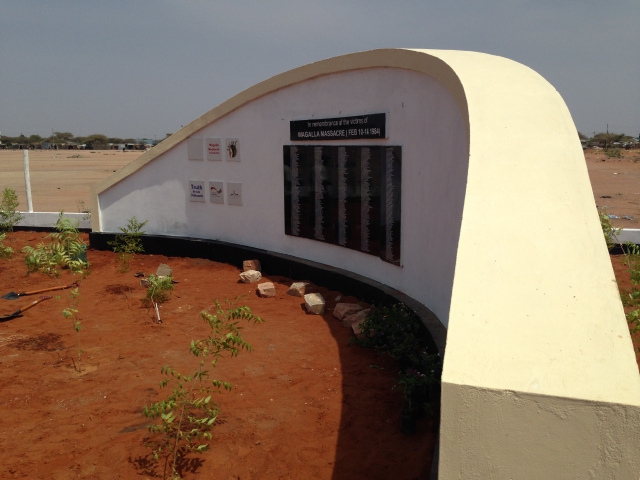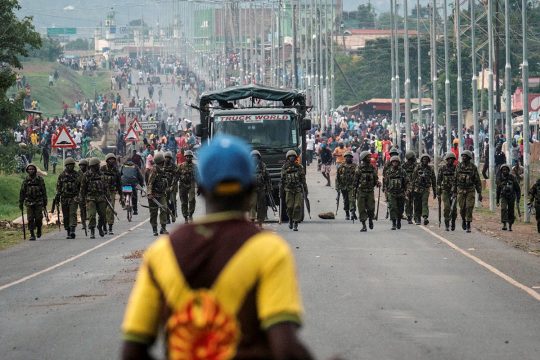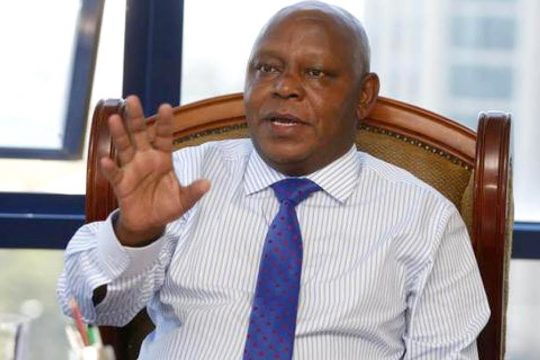Hundreds, maybe thousands, of people died on the Wagalla airstrip in early February, 1984. The victims were ethnic Somalis living in Kenya’s North Eastern province. Their killers were members of the Kenyan army, ostensibly investigating reports of a planned rebellion by members of the Degodia clan.
Over the course of several days, troops burst into homes, raping women, destroying property, and seizing the men. The Degodia men, and anyone else unlucky enough to be caught up in the search, were taken to the airstrip. Once there, they were told take off their clothes and lie on the hot ground. Those who refused were shot on the spot. The rest were beaten and tortured, asked over and over if they owned a gun, and where it was. They were there for days, without food or water, baking in the hot sun.
Survivors say more than 5,000 people lost their lives at Wagalla—some from beatings, some viciously set on fire, many more shot in an escape attempt, and others succumbing to exhaustion in the heat. But for years, the Kenyan government denied it. The official story was 57 dead, all unfortunate casualties of a legitimate security operation.
The survivors of the massacre have spent decades demanding accountability. In 1992, President Moi promised that compensation would be paid to the families of the dead. It wasn’t.
When a national Truth, Justice, and Reconciliation Commission (TJRC) was created in the aftermath of Kenya’s 2007-2008 election violence, hearings were finally held into the Wagalla Massacre. But the TJRC’s credibility with victims was marred from its inception. The man appointed as chairman, Bethuel Kiplagat, was in attendance at the meeting where the massacre was allegedly authorized. Although he initially stepped aside due to the controversy, he was reinstated.
When the TJRC’s report came out, it confirmed that a mass slaughter had taken place, and that the death toll was far greater than previously acknowledged. It recommended an official apology and reparations for the Wagalla victims. In 2015, President Uhuru Kenyatta issued a blanket apology for “past wrongs” but reparations have yet to be paid.
The Wagalla Massacre is among the worst human rights abuses in Kenya’s post-independence history. Yet a number of officials implicated in ordering it remain in positions of power. The plight of the survivors, who’ve spent decades advocating on their behalf to no avail, underscores the difficulty of securing justice when it isn’t politically advantageous. Ethnic Somalis are a tiny minority in Kenya—some 6% of a national population of 45 million. And since independence-era efforts to join Kenya’s North Eastern Province to Somalia, they have been persistent targets of repression and discrimination by the government. Their demands therefore had little impact on successive Kenyan governments, who neither sought their votes nor valued them as citizens.
The article was published by Justice in Conflict





